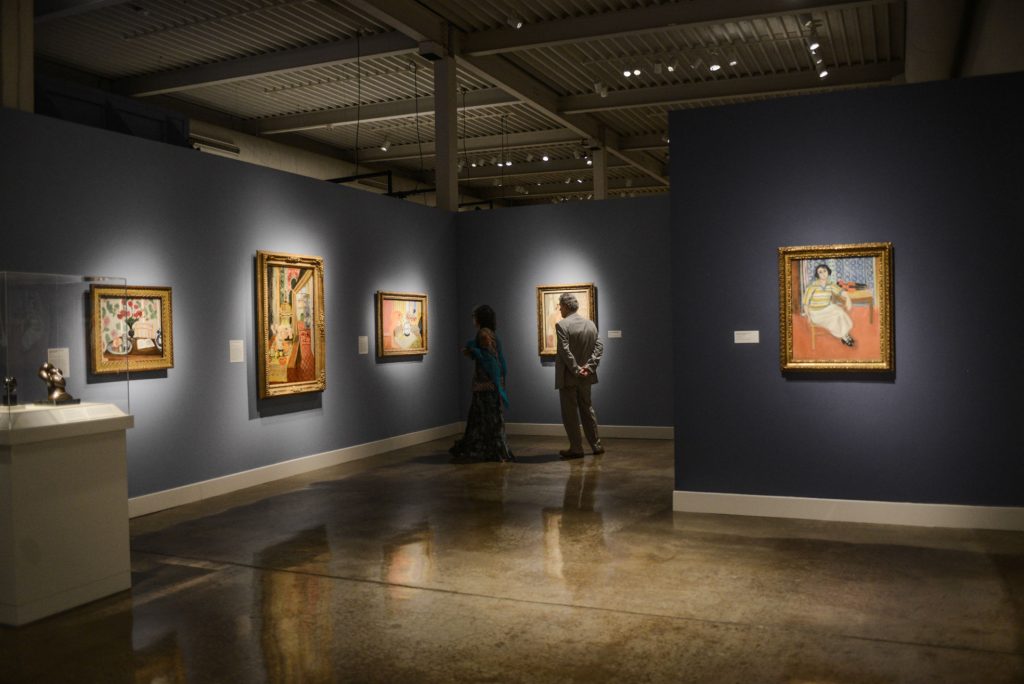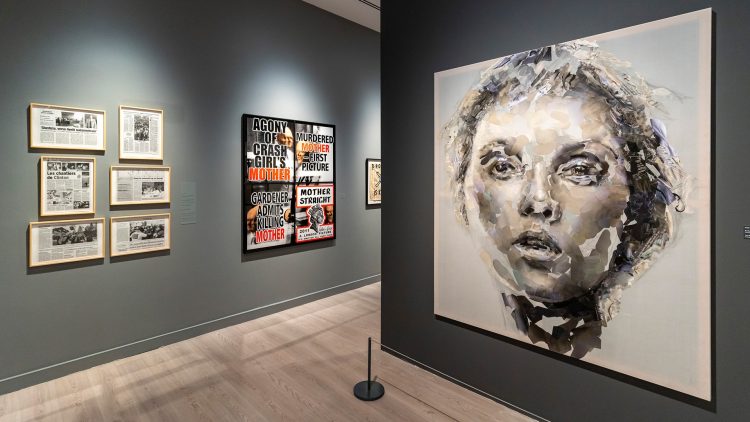In recent years, virtual exhibitions have reshaped the way collectors engage with art, antiques, and other collectibles. The shift toward digital platforms has been accelerated by technological advancements, the global pandemic, and changing consumer behaviors. As we move into 2025, the question arises: what does the future hold for virtual exhibitions, especially in terms of their impact on collectors? In this article, we will explore the benefits and challenges virtual exhibitions present for collectors, alongside the potential developments and innovations that might emerge in the coming years.
The Evolution of Virtual Exhibitions
Virtual exhibitions are not a new phenomenon, but they have gained significant traction in the last decade. Initially driven by the need to adapt to the limitations imposed by global events like the COVID-19 pandemic, virtual exhibitions were seen as a temporary solution. However, their potential has led many to believe that they are here to stay. By using platforms that leverage 3D modeling, VR (virtual reality), and AR (augmented reality) technologies, these digital exhibitions offer an immersive experience that was once only available through physical events.
Moreover, as technological infrastructure improves, the accessibility and scope of virtual exhibitions have grown, attracting global audiences, including collectors who might not have otherwise been able to participate in exclusive in-person events. As more institutions, galleries, and auction houses adopt virtual platforms, the future of collecting may be shaped by these online spaces.
Benefits of Virtual Exhibitions for Collectors
The primary advantage of virtual exhibitions for collectors is the accessibility they offer. Collectors, regardless of their geographical location, can now access some of the world’s most prestigious collections and exhibitions. This creates a more inclusive environment for individuals who may not have had the opportunity to attend physical events due to travel restrictions, time constraints, or financial limitations.
- Global Access: Virtual exhibitions break down geographical boundaries, enabling collectors from all over the world to attend events and view collections that were previously inaccessible. This is especially important for niche markets or collectors of rare items, as they no longer need to travel to far-flung locations to view and acquire art, antiques, or collectibles.
- Convenience and Flexibility: Attending a virtual exhibition eliminates the need for travel and time constraints associated with physical events. Collectors can explore exhibitions at their own pace, pausing to inspect details, zoom in on artworks, or read descriptions, all from the comfort of their homes. This level of convenience makes it easier for collectors to fit exhibitions into their busy schedules, which is a significant selling point.
- Enhanced Viewing Experience: The technology behind virtual exhibitions has advanced to the point where it can provide a highly immersive experience. Virtual reality and augmented reality allow collectors to virtually “walk” through galleries, viewing art in high-resolution and even from multiple angles. Some platforms also allow for real-time interaction, enabling collectors to ask questions, engage with experts, or join live events and auctions.
- Environmental Impact: Virtual exhibitions also contribute to sustainability efforts. By reducing the need for travel, physical setups, and transportation of artworks, the carbon footprint of art and collectible exhibitions is significantly reduced. As awareness of environmental issues continues to grow, many collectors and institutions are increasingly seeing the environmental benefits of hosting or attending virtual exhibitions.
- Broader Selection: Virtual exhibitions often feature a wider array of items than their physical counterparts. Galleries and auction houses can showcase more works simultaneously, and collectors can explore different genres, styles, and periods without the limitations of physical space. This democratization of access means that collectors can discover new artists or rare objects they may have otherwise missed.

Challenges of Virtual Exhibitions for Collectors
While the benefits are significant, there are several challenges that collectors face when engaging with virtual exhibitions.
- Lack of Physical Interaction: One of the primary drawbacks of virtual exhibitions is the absence of physical interaction with the objects or artworks. For many collectors, the tactile experience—feeling the texture of an artwork, inspecting its physical condition, or even the act of simply being in the presence of a piece—is an essential part of the collecting process. Virtual exhibitions can simulate the viewing experience, but they cannot replicate the emotional and sensory connection that comes from seeing an object in person.
- Technical Limitations: Although virtual exhibitions have become increasingly sophisticated, they still face technological limitations. For instance, not all collectors may have access to high-quality internet connections, VR headsets, or advanced computer systems necessary to fully enjoy the immersive experience. In addition, the platform used for a virtual exhibition may not always be compatible with a collector’s device or operating system, limiting access for some.
- Security and Authenticity Concerns: The digital nature of virtual exhibitions raises concerns regarding the security and authenticity of artworks or collectibles displayed online. In the absence of physical presence, it can be harder to verify the provenance or condition of an object. Furthermore, the risk of digital theft or fraud is higher, especially in online transactions. Some collectors may feel uneasy about purchasing high-value items without the physical verification that they would get at a traditional auction house or gallery.
- Increased Competition: As more collectors gain access to virtual exhibitions, the pool of potential buyers expands. This increased competition can drive up prices for highly sought-after items, making it more difficult for individual collectors to secure desired pieces at reasonable prices. The digital nature of virtual exhibitions can also create a more impersonal and transactional atmosphere, which some collectors may find less appealing than the more personal experience of in-person events.
- Limited Social Interaction: A significant aspect of attending physical exhibitions is the opportunity to network with fellow collectors, curators, artists, and experts. Virtual exhibitions, while interactive to some extent, do not offer the same opportunities for spontaneous socializing or relationship-building. The lack of physical presence can lead to a sense of isolation, which may detract from the communal aspects of collecting and the art world in general.
What’s Next for Virtual Exhibitions and Collectors?
As we look toward 2025, several key trends and innovations are likely to shape the future of virtual exhibitions and their impact on collectors.
- AI and Machine Learning Integration: The integration of AI and machine learning technologies into virtual exhibitions could revolutionize how collectors engage with art and collectibles. AI-powered tools could provide personalized recommendations based on a collector’s preferences or past purchases, helping to uncover new and relevant pieces. Additionally, machine learning could improve image recognition, allowing collectors to learn more about an object’s historical context, authenticity, and provenance with greater accuracy.
- Expanded Use of Augmented Reality (AR): In the coming years, AR technology may become more widespread in virtual exhibitions, offering collectors the ability to interact with objects in real-world settings. For example, a collector could virtually place a sculpture in their living room using AR to see how it fits with their existing collection. This fusion of virtual and physical worlds could provide a more immersive and practical viewing experience.
- Blockchain and NFTs: Blockchain technology has already started to make an impact on the art world, and it is likely to continue shaping virtual exhibitions in the future. Non-fungible tokens (NFTs) have already gained popularity as a way of proving ownership of digital artworks. As virtual exhibitions become more common, NFTs and blockchain could be used to authenticate and track the ownership of both digital and physical collectibles, giving collectors more confidence in their investments.
- Hybrid Experiences: As the world returns to normal post-pandemic, we may see an increase in hybrid exhibitions, combining both physical and virtual elements. Hybrid models would allow collectors to attend exhibitions in person or view them virtually, offering the best of both worlds. This flexibility could also encourage wider participation, as collectors can choose the format that best suits their needs.
- Greater Customization: Future virtual exhibitions may offer more tailored experiences for collectors, with options to personalize the interface, navigation, and viewing preferences. This level of customization could enhance the user experience, making virtual exhibitions more enjoyable and easier to navigate.
Conclusion
Virtual exhibitions have already made a significant impact on the world of art and collectibles, offering collectors unprecedented access, convenience, and flexibility. However, challenges related to physical interaction, technological limitations, and security concerns remain. As technology continues to evolve, it is clear that virtual exhibitions will play an increasingly important role in the future of collecting. By embracing innovation and addressing the challenges, virtual exhibitions have the potential to reshape the collecting landscape, making it more accessible, inclusive, and sustainable. As we move toward 2025, it is an exciting time for collectors, with numerous possibilities on the horizon for how they engage with the art and collectible markets.

















































